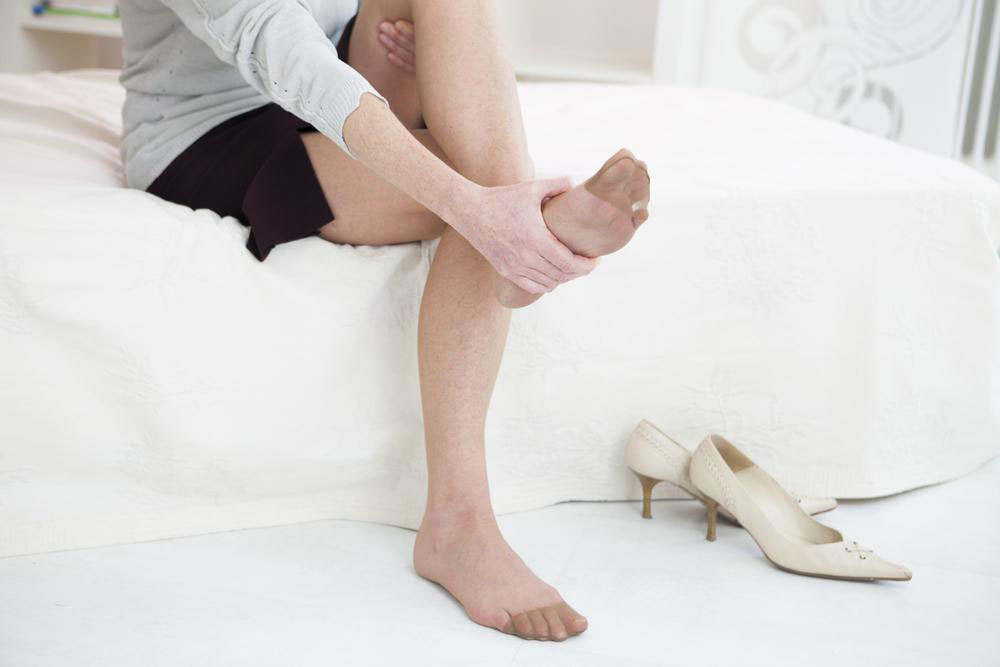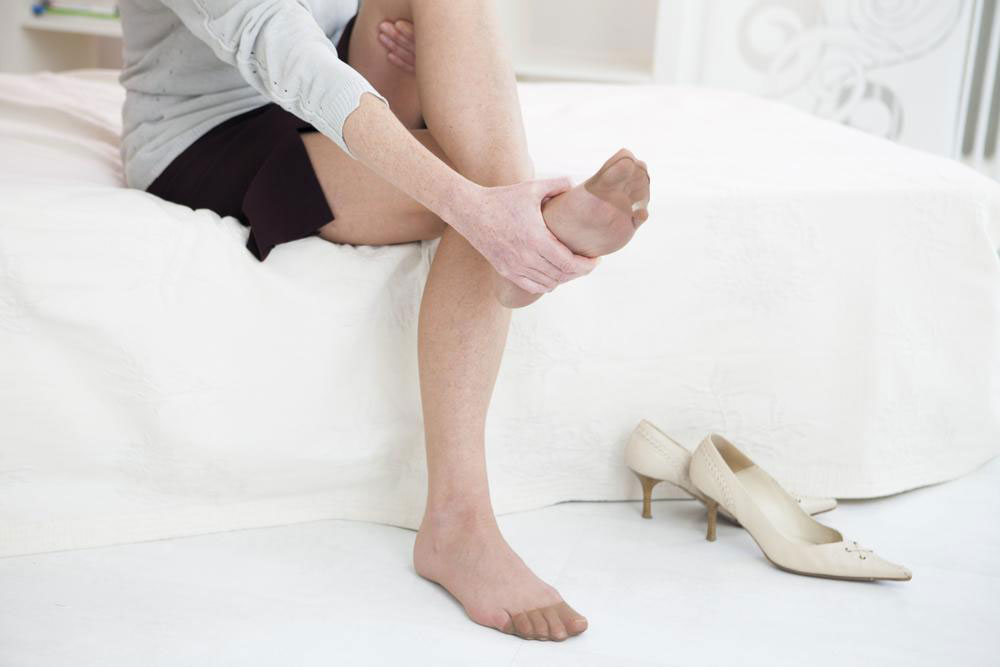Comprehensive Guide to Foot Pain: Types, Causes, and Treatments
This comprehensive guide explores various types and causes of foot discomfort, including plantar fasciitis, tarsal tunnel syndrome, metatarsalgia, Morton neuroma, arthritis, and corns. It provides insights into symptoms, causes, diagnosis, and treatment options, emphasizing the importance of proper care and professional consultation for foot health. Suitable for individuals experiencing foot pain or seeking preventive tips, this article aims to enhance understanding and promote effective management of foot conditions to improve mobility and quality of life.

Comprehensive Guide to Foot Pain: Types, Causes, and Effective Treatment Options
Foot discomfort is a widespread issue that affects millions of adults worldwide, spanning all age groups and lifestyles. Whether it occurs occasionally or persistently, foot pain can significantly impair daily activities, limit mobility, and diminish quality of life. Despite its prevalence, many individuals find it challenging to determine the root cause of their foot discomfort due to the complex anatomy of the foot and the variety of potential underlying conditions. This article aims to explore the different types of foot pain, their causes, and available treatment options, empowering readers with knowledge to seek appropriate care and alleviate their symptoms.
Understanding Different Types of Foot Discomfort
The foot is a complex structure composed of bones, muscles, tendons, ligaments, nerves, and blood vessels. When any component becomes inflamed, injured, or degenerates, it can result in pain. Recognizing the specific type of foot pain is crucial for accurate diagnosis and effective treatment. Below are some of the most common foot conditions that cause discomfort:
Plantar Fasciitis: The Leading Cause of Heel Pain
Among the various reasons for heel pain, plantar fasciitis is the most prevalent. This condition involves inflammation of the plantar fascia, a thick band of tissue running from the heel bone to the toes that provides support for the foot's arch. Typically, individuals with plantar fasciitis experience sharp, stabbing pain in the heel, especially noticeable during the first steps in the morning, often improving with activity but sometimes persisting as a dull ache throughout the day. Factors contributing to plantar fasciitis include overuse, improper footwear, high-impact activities, obesity, and abnormal foot mechanics. Treatment strategies generally involve rest, stretching exercises, proper footwear, orthotics, physical therapy, and in severe cases, medical interventions like corticosteroid injections or surgery.
Tarsal Tunnel Syndrome: Nerve Compression and Its Effects
Tarsal tunnel syndrome occurs when the tibial nerve, which runs through a narrow passageway behind the ankle called the tarsal tunnel, becomes compressed or irritated. This compression can result from swelling, trauma, or biomechanical issues. Patients often report shooting, burning pain, numbness, tingling, or numbness along the inside of the ankle and foot. Activities that exacerbate symptoms include prolonged standing, walking, or footwear that aggravates the nerve. Diagnosis typically involves clinical evaluation and nerve conduction studies. Treatment may include orthotics, anti-inflammatory medications, nerve decompression surgery, or physical therapy to relieve pressure on the nerve.
Metatarsalgia: Pain in the Ball of the Foot
Metatarsalgia refers to pain localized in the ball of the foot, often described as feeling like stepping on a pebble or sharp pain. It commonly arises due to repetitive stress, foot deformities, high-impact sports, or improper footwear that compresses the metatarsal heads. Over time, the condition can lead to inflammation of the metatarsal nerves and tissues. Symptoms worsen with barefoot walking or standing for prolonged periods and improve with rest. Managing metatarsalgia involves wearing supportive shoes, using pads or orthotics, and avoiding aggravating activities. In some cases, corticosteroid injections or surgical procedures might be necessary.
Morton Neuroma: Nerve Growth and Discomfort
Morton neuroma is a painful condition characterized by a thickening of tissue around a nerve leading to the toes, usually between the third and fourth toes. It causes a burning sensation, shooting pain, or numbness in the ball of the foot. Contributing factors include tight or high-heeled shoes, over-pronation, trauma, or repetitive pressure. The condition can be diagnosed with physical examination, ultrasound, or MRI. Treatments entail changing footwear, orthotics, anti-inflammatory medications, corticosteroid injections, or surgical removal of the neuroma in persistent cases.
Arthritis of the Foot: Degeneration and Stiffness
Foot arthritis involves the deterioration of joint cartilage, leading to pain, stiffness, swelling, and decreased mobility. Various forms of arthritis, such as gout, rheumatoid arthritis, psoriatic arthritis, and lupus, can affect foot joints. This condition is often linked to aging, genetics, injury, or metabolic factors. Management includes medication, physical therapy, weight management, and in some cases, joint injections or surgical intervention. Proper diagnosis and early treatment are critical to prevent joint damage and preserve foot function.
Corns and Calluses: Thickened Skin in High-Pressure Areas
Corns and calluses are localized thickened skin patches that develop due to repeated pressure or friction, often over bony prominences or areas where shoes rub excessively. While typically painless, deep or infected corns can cause significant discomfort by pressing on underlying nerves. Treatment involves removing the thickened skin through proper foot care, wearing well-fitting shoes, and using padding to reduce pressure. Severe cases may require professional removal or treatment of underlying deformities to prevent recurrence.
Addressing foot discomfort effectively requires understanding the specific cause and adopting appropriate treatment strategies. If you experience persistent or severe foot pain, consulting a healthcare professional, such as a podiatrist or orthopedist, is essential for accurate diagnosis and tailored treatment plans. Maintaining good foot hygiene, wearing supportive footwear, and engaging in regular foot exercises can also help prevent many foot conditions and promote overall foot health.





